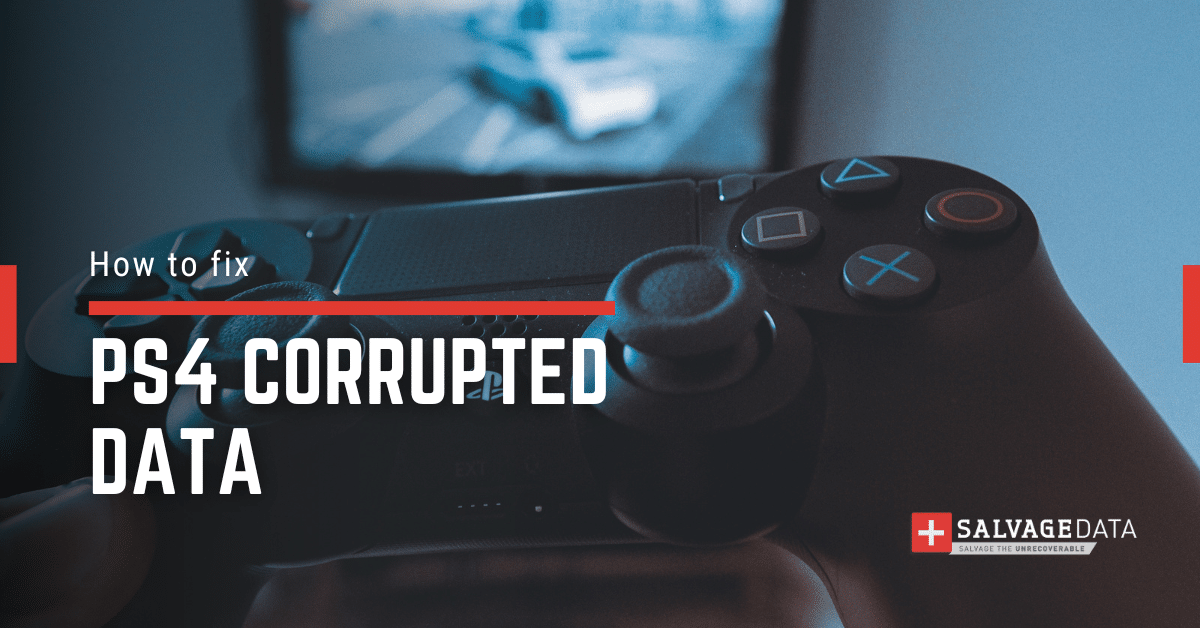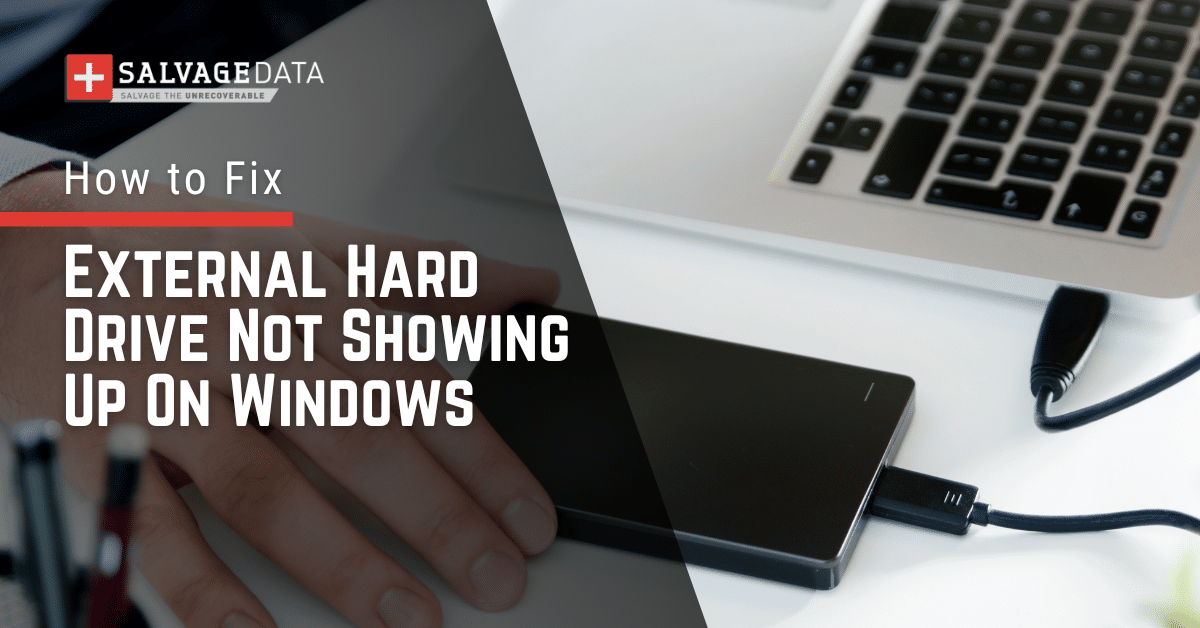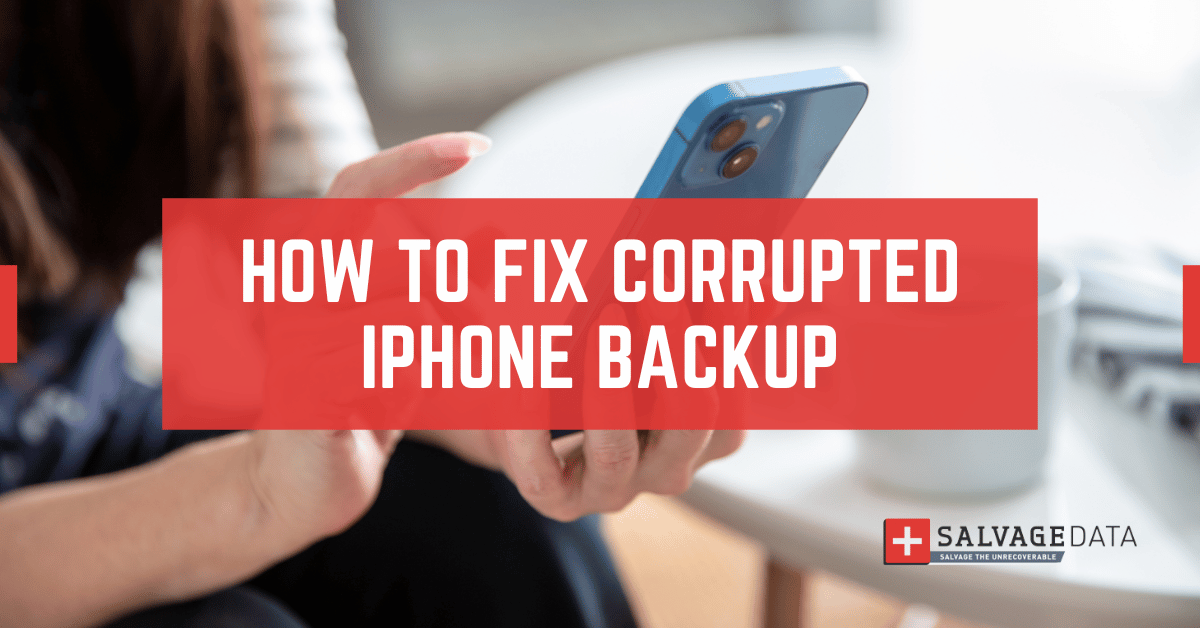Recent Articles
Quickest Mobile Data Recovery Case: 100% of Data Recovered in One Hour
How to fix a corrupted database on PS4
How to Troubleshoot Black or Blank Screens in Windows
LockBit Ransomware: A Comprehensive Guide to the Most Prolific Cyber Threat
How To Use iPad Recovery Mode
How to Prevent Overwriting Files: Best Practices
External Hard Drive Not Showing Up On Windows – Solved
How to Fix a Corrupted iPhone Backup
Backup and Remote Wiping Procedures
Common VMware Issues and Troubleshooting Solutions

I think there's an issue with my storage device, but I'm not sure Start a free evaluation →
I need help getting my data back right now Call now (800) 972-3282
Capibara is a malware strain that steals data and encrypts files from victims’ machines until a ransom is paid. This type of threat is known as crypto-ransomware.
This guide explains how Capibara ransomware spreads and infects devices, how to take proactive prevention measures, and what to do in case of a successful attack.
SalvageData experts recommend proactive data security measures, such as regular backups, strong cybersecurity practices, and keeping software up to date to protect against ransomware attacks. And, in case of a cyber attack, contact our ransomware recovery experts immediately.
Capibara ransomware overview
Capibara Ransomware is a sophisticated form of malware that employs strong encryption algorithms, such as AES or RSA, to lock files on a victim’s computer. Once the encryption process is complete, it appends a specific extension to the encrypted files, typically “.capibara.” For example, a file named “document.docx” would be renamed to “document.docx.capibara.”
Following the encryption of files, Capibara Ransomware generates a ransom note, usually named “READ_ME_USER.txt.” This note instructs the victim on paying the ransom, typically demanded in Bitcoin. The ransom note is written in Russian, suggesting that the ransomware may originate from, or primarily target, Russia or Russian-speaking regions.
Do not pay the ransom! Contacting a ransomware recovery service can restore your files and remove any potential threat.

Everything we know about Capibara ransomware
Confirmed Name
- Capibara virus
Capibara ransomware decryptor
- As of this article’s publication, there’s no public Capibara ransomware decryptor.
Threat Type
- Ransomware
- Crypto virus
- Files locker
- Data leak
Detection names
- Avast Win32:RansomX-gen [Ransom]
- Emsisoft Gen:Heur.Ransom.Imps.3 (B)
- Kaspersky HEUR:Trojan-Ransom.MSIL.Agent.gen
- Malwarebytes Generic.Malware.AI.DDS
- Microsoft Ransom:MSIL/FileCoder.AD!MTB
- Sophos Troj/Ransom-GWT
Distribution methods
- Phishing emails
- Vulnerabilities in outdated software
- Compromised websites and third-party applications
Capibara ransomware methods of infection and execution
Capibara ransomware is a dangerous cyber threat that exploits systems and machine vulnerabilities to gain access and spread across the network. As of the time of this publication, it is too recent a ransomware variant with little information on methods and targets.
The recently discovered Capibara ransomware primarily infiltrates computers through several common methods. One of the main vectors is phishing emails, where attackers send deceptive emails containing malicious attachments or links to websites that host the ransomware. These emails often appear legitimate, tricking recipients into clicking links or downloading the attachments, installing the ransomware onto their systems.

Another common distribution method is exploiting vulnerabilities in outdated software or operating systems. Attackers take advantage of security flaws in unpatched software to gain access and deploy the ransomware. Additionally, compromised websites and third-party applications can serve as delivery mechanisms, where unsuspecting users download and install the ransomware without realizing it.
Capibara Ransomware can also spread through infected USB drives or other external storage devices. When these devices are connected to a computer, the ransomware can be transferred and executed, leading to an infection. Lastly, the ransomware can proliferate through networks, moving from one compromised system to others within the same network, especially if proper security measures are not in place.
Capibara ransomware Indicators of Compromise (IOCs)
Indicators of Compromise (IOCs) are artifacts observed on a network or in an operating system that indicate a computer intrusion with high confidence. IOCs can be used to detect future attack attempts early using intrusion detection systems and antivirus software.
They are essentially digital versions of evidence left at a crime scene, and potential IOCs include unusual network traffic, privileged user logins from foreign countries, strange DNS requests, system file changes, and more. When an IOC is detected, security teams evaluate possible threats or validate its authenticity. IOCs also provide evidence of what an attacker had access to if they did infiltrate the network.
Capibara ransomware-specific IOC
Encryption file extension
- .capibara
Ransom note file name
- READ_ME_USER.txt
How to handle a Capibara ransomware attack
The first step to recovering from a Capibara ransomware attack is to isolate the infected computer by disconnecting it from the internet and removing any connected device. Then, you must contact local authorities. For US residents and businesses, these are the FBI and the Internet Crime Complaint Centre (IC3).
To report a ransomware attack, you must gather every information you can about it, including:
- Screenshots of the ransom note
- Communications with threat actors (if you have them)
- A sample of an encrypted file
However, if you prefer to contact professionals, then it’s best to leave every infected machine the way it is and ask for an emergency ransomware removal service. These professionals are equipped to quickly mitigate the damage, gather evidence, potentially reverse the encryption, and restore the system.
Restarting or shutting down the system may compromise the recovery service. Capturing the RAM of a live system may help get the encryption key, and catching a dropper file, i.e., a file executing the malicious payload, might be reverse-engineered and lead to decryption of the data or understanding how it operates.
You must not delete the ransomware and keep every piece of evidence of the attack. Digital forensics experts need to trace back to the hacker group and identify them. Authorities can investigate the attack by using data from your infected system. A cyber attack investigation is not different from any other criminal investigation: it needs evidence to find the attackers.
1. Contact your Incident Response provider
A Cyber Incident Response is responding to and managing a cybersecurity incident. An Incident Response Retainer is a service agreement with a cybersecurity provider that allows organizations to get external help with cybersecurity incidents. It provides organizations with structured expertise and support through a security partner, enabling them to respond quickly and effectively during a cyber incident.
An incident response retainer offers peace of mind to organizations, offering expert support before and in the aftermath of a cybersecurity incident. An incident response retainer’s specific nature and structure will vary according to the provider and the organization’s requirements. A good incident response retainer should be robust but flexible, providing proven services to enhance an organization’s long-term security posture.
If you contact your IR service provider, they can take over immediately and guide you through every step in the ransomware recovery. However, if you decide to remove the ransomware yourself and recover the files with your IT team, then you can follow the next steps.
2. Use a backup to restore the data
The importance of backup for data recovery cannot be overstated, especially in the context of various potential risks and threats to data integrity.
Backups are a critical component of a comprehensive data protection strategy. They provide a means to recover from various threats, ensuring the continuity of operations and preserving valuable information. In the face of ransomware attacks, where malicious software encrypts your data and demands payment for its release, having a backup allows you to restore your information without succumbing to the attacker’s demands.
Regularly test and update your backup procedures to enhance their effectiveness in safeguarding against potential data loss scenarios. There are several ways to make a backup, so you must choose the right backup medium and have at least one copy of your data stored offsite and offline.
3. Contact a ransomware recovery service
Contact a data recovery service if you don’t have a backup or need help removing the ransomware and eliminating vulnerabilities. Paying the ransom does not guarantee your data will be returned to you. The only guaranteed way to restore every file is if you have a backup. If you don’t, ransomware data recovery services can help you decrypt and recover the files.
SalvageData experts can safely restore your files and prevent Capibara ransomware from attacking your network again. Contact our recovery experts 24/7.
How to prevent a Capibara ransomware attack
Preventing ransomware is the best solution for data security. It is easier and cheaper than recovering from it. Capibara Ransomware can cost your business its future and even close its doors.
These are a few tips to ensure you can avoid ransomware attacks:
1. Update Software Regularly
Ransomware often exploits vulnerabilities in outdated software to enter and spread within a network. Regularly updating operating systems and patching applications is crucial to prevent cybercriminals from accessing your systems and network.
2. Use Two-Factor Authentication (2FA)
Many ransomware attacks start with phishing campaigns where attackers obtain user credentials (username and password) to infiltrate networks. Implementing 2FA adds an extra layer of security by requiring an additional factor (such as a hardware token) for authentication, helping to prevent unauthorized access.
3. Deploy Robust Anti-Malware Solutions
Invest in reliable anti-malware and antivirus tools with real-time monitoring capabilities. These solutions can detect and block malicious software, including ransomware before it causes harm.
4. Conduct Regular Cybersecurity Training
Educate your employees about security best practices, especially regarding phishing emails. Regular training and phishing simulations can help employees recognize and avoid suspicious links or attachments that may lead to ransomware infections.
5. Filter Malicious Emails
Use advanced filtering to detect and block malicious emails. Ransomware often spreads through phishing emails containing infected attachments or links. By filtering out such emails, you reduce the chances of an attack.
6. Backup data regularly
Although it can’t prevent the attack, regularly backing up critical data to a secure location ensures you can restore it without paying the ransom.













